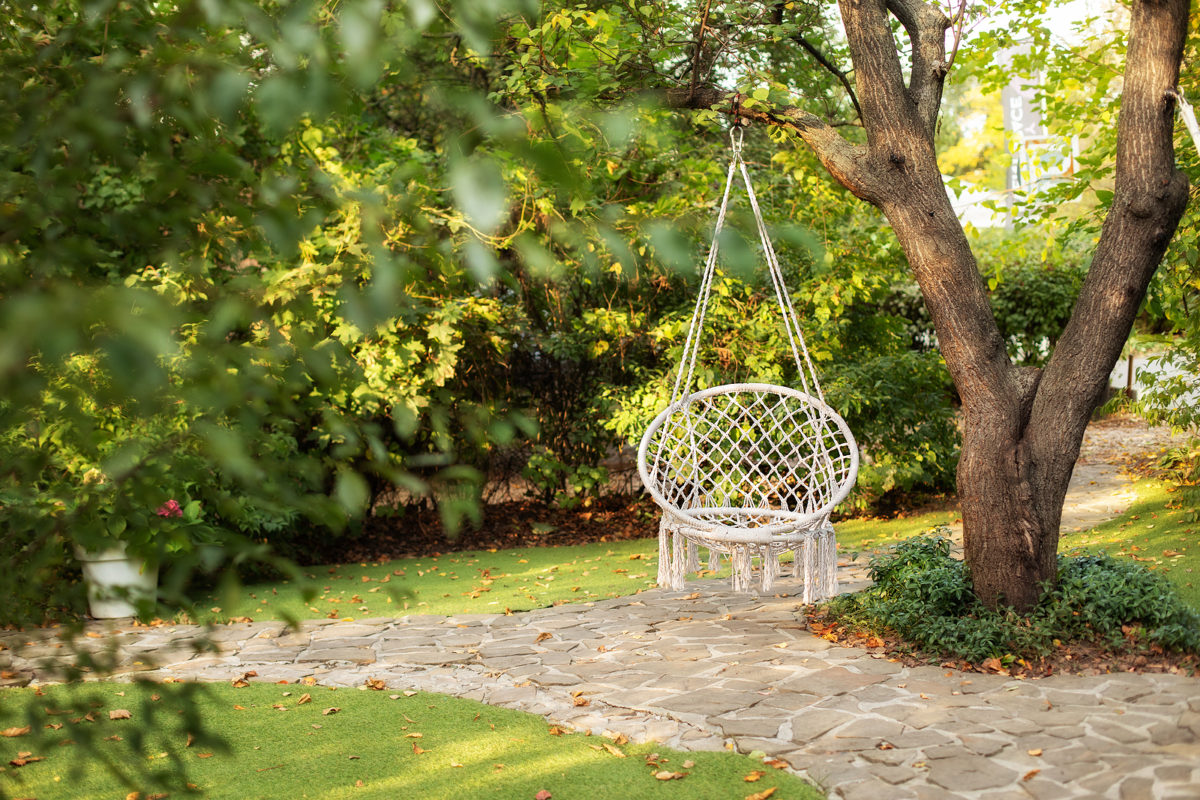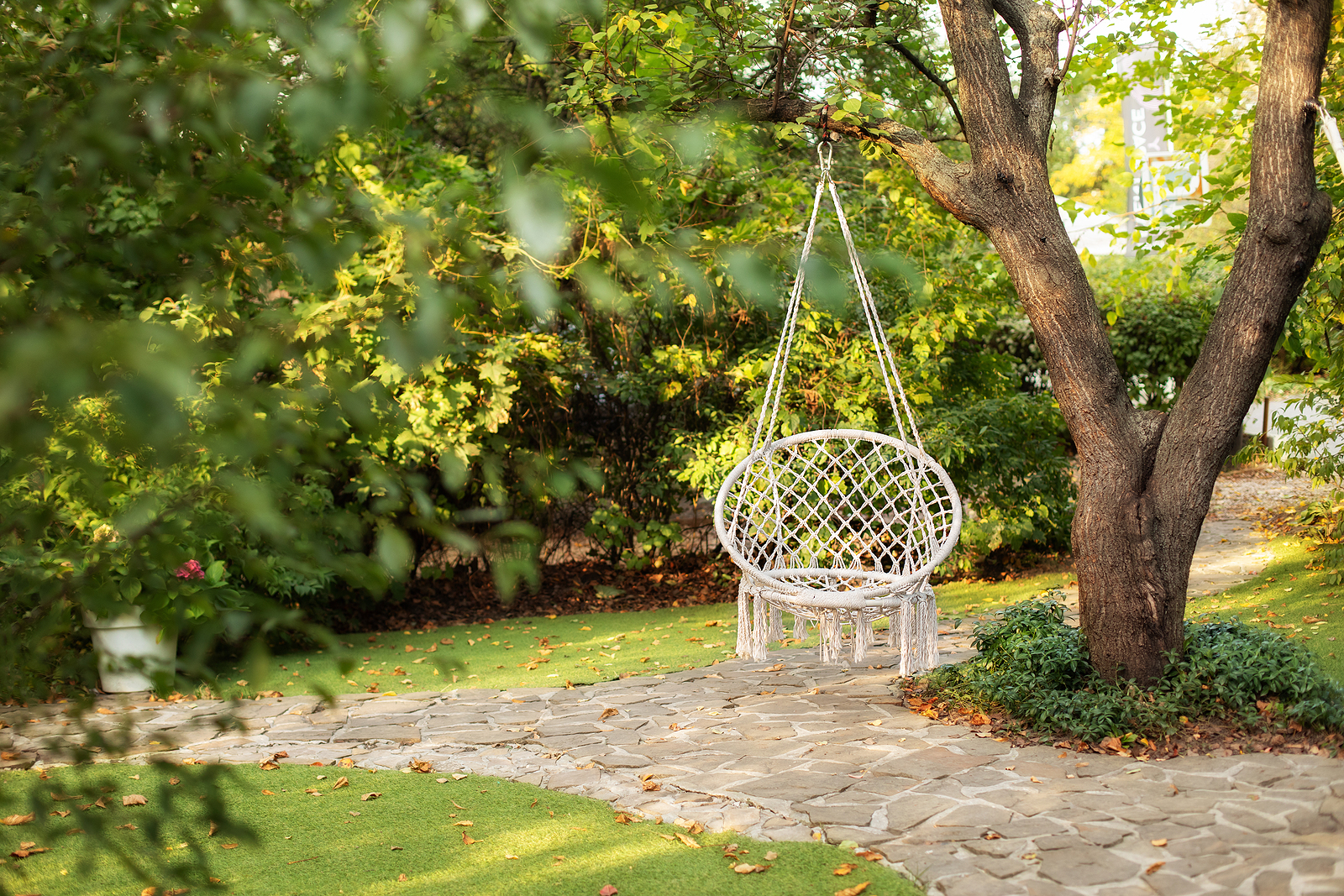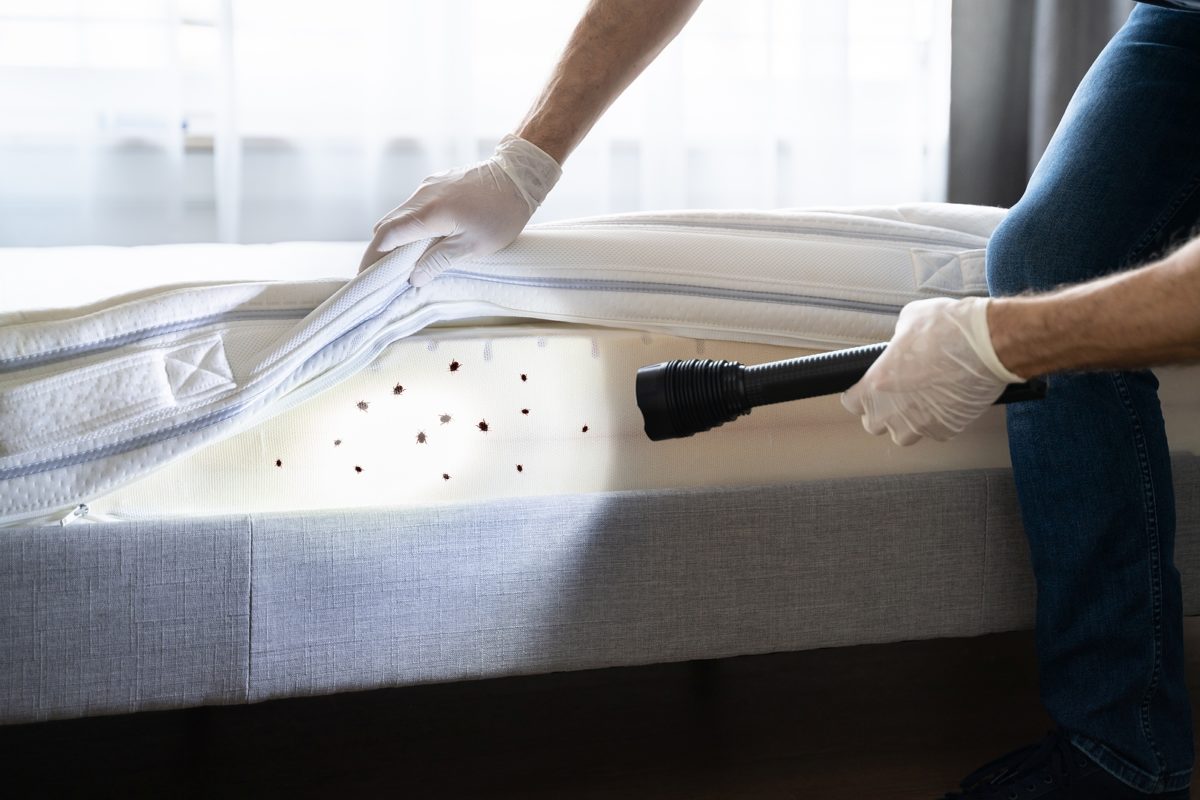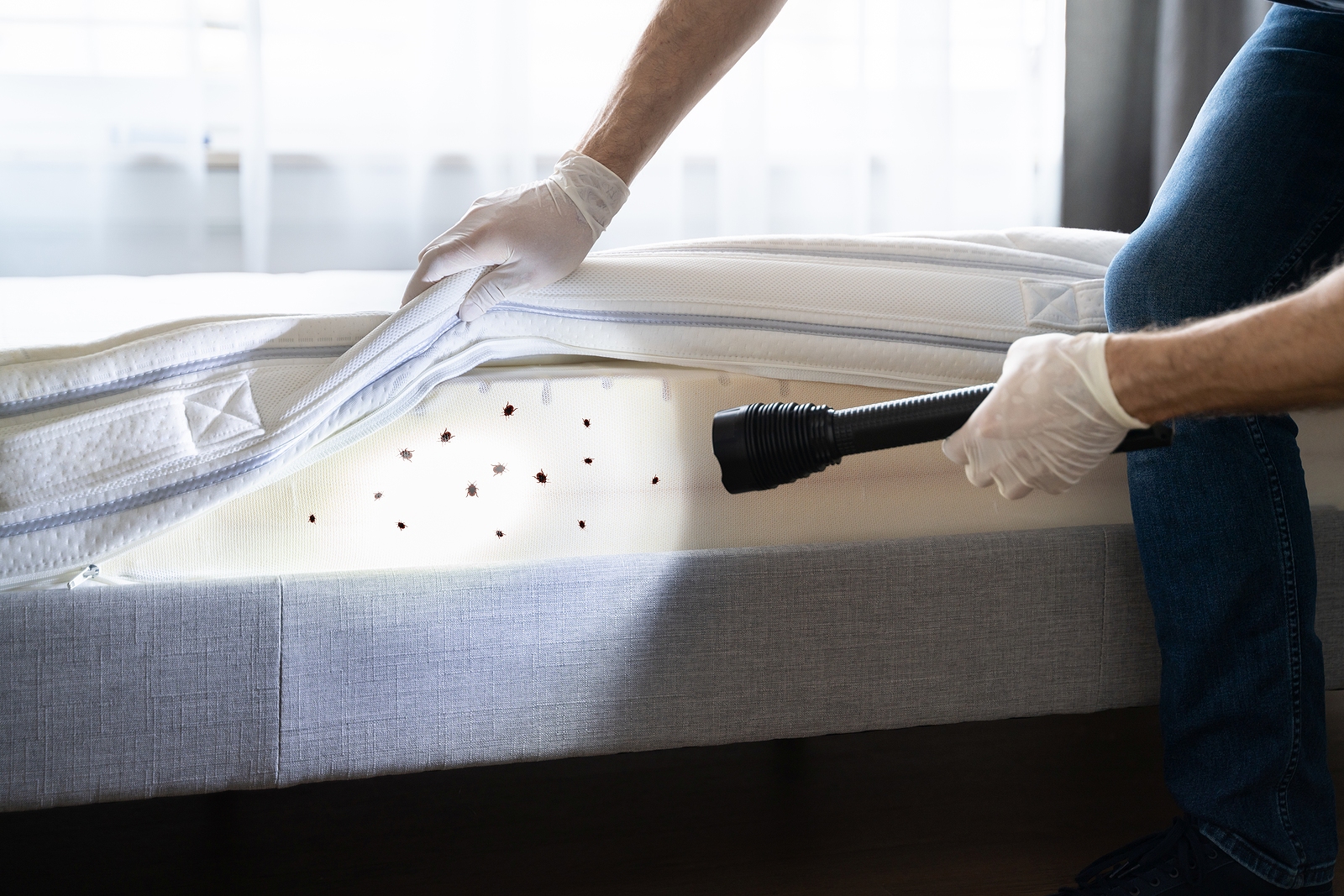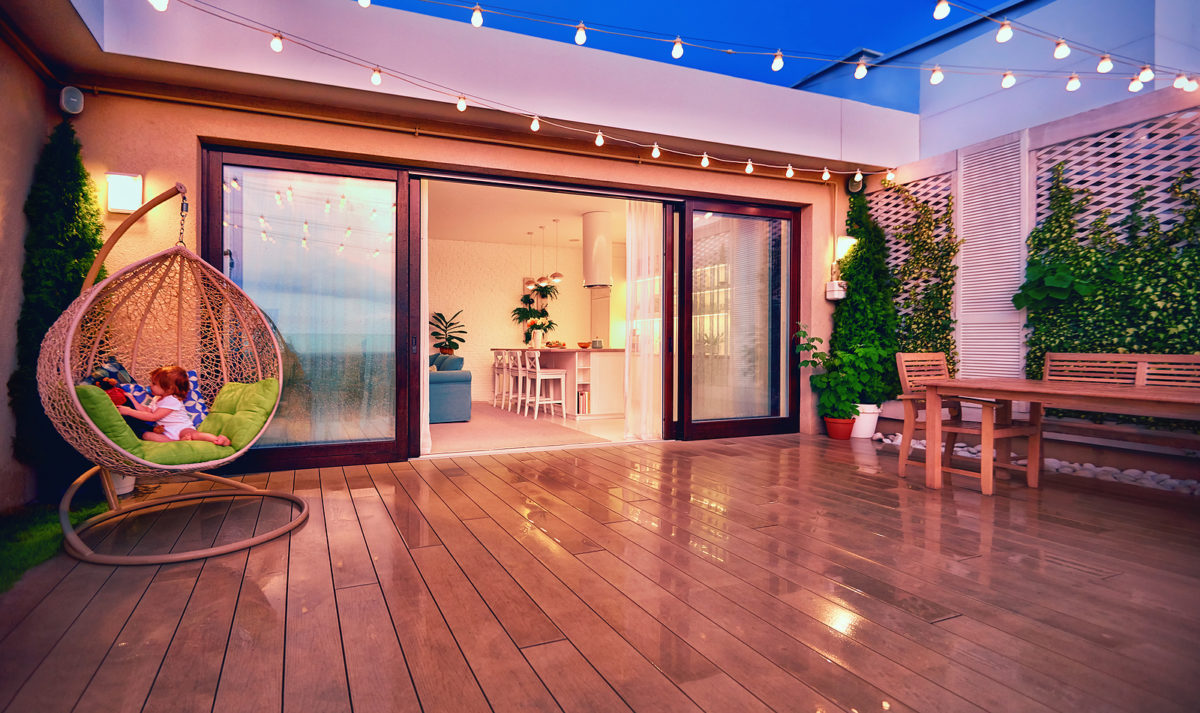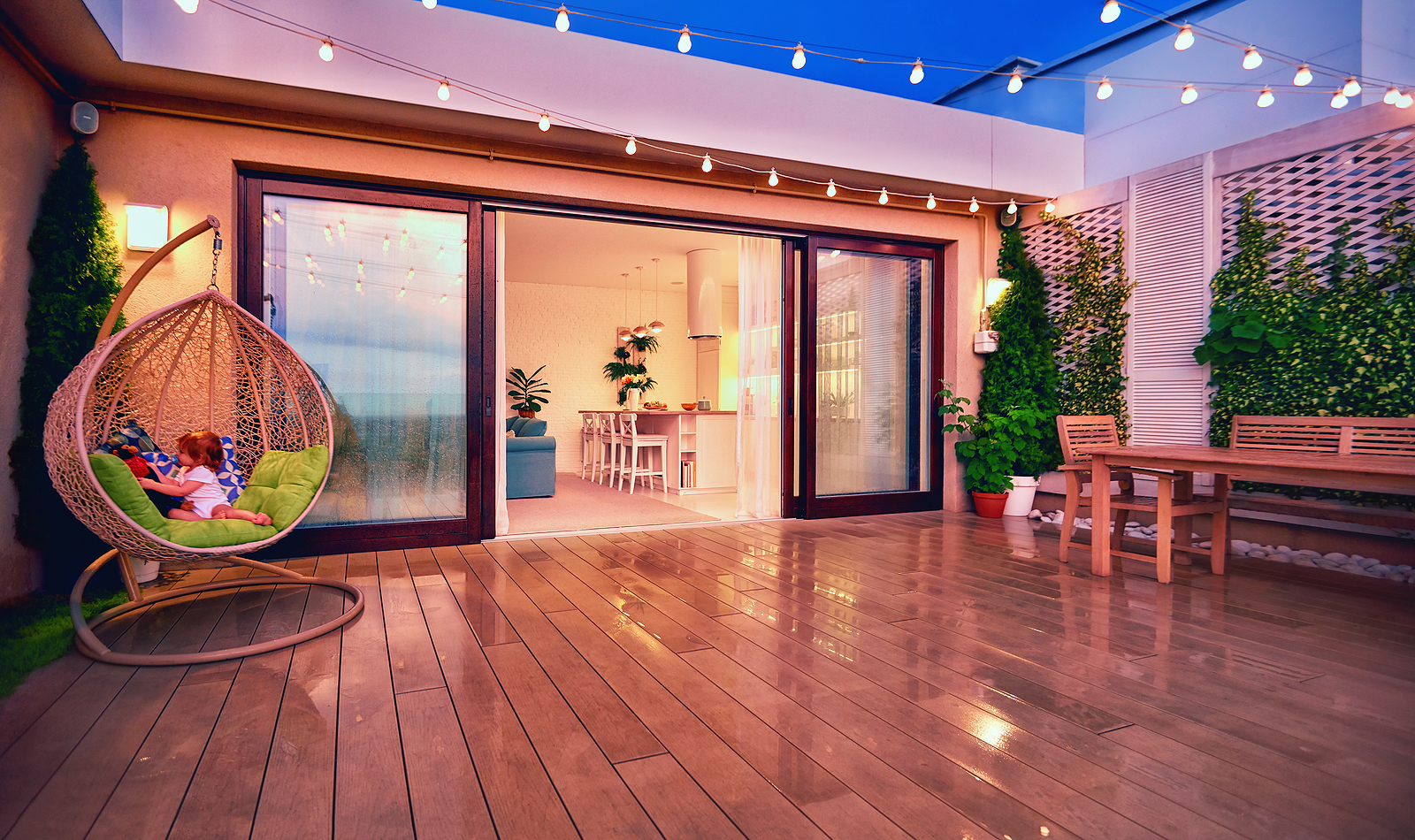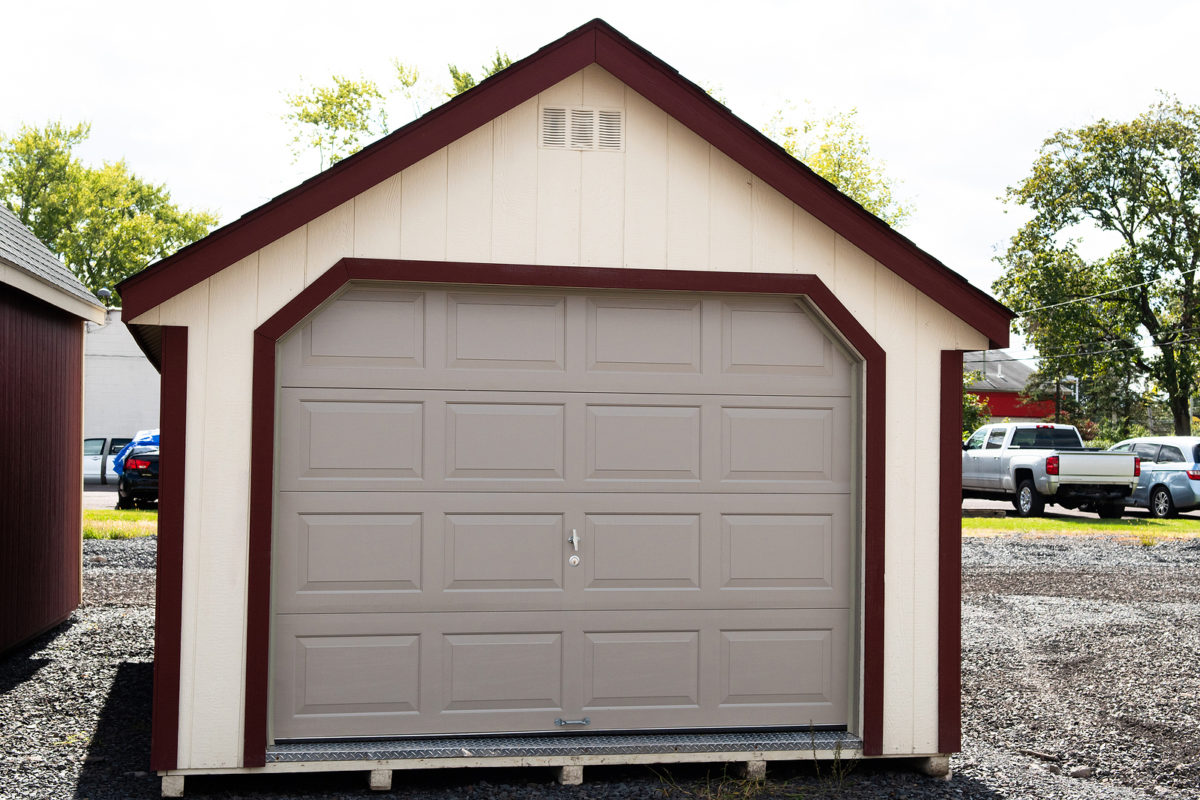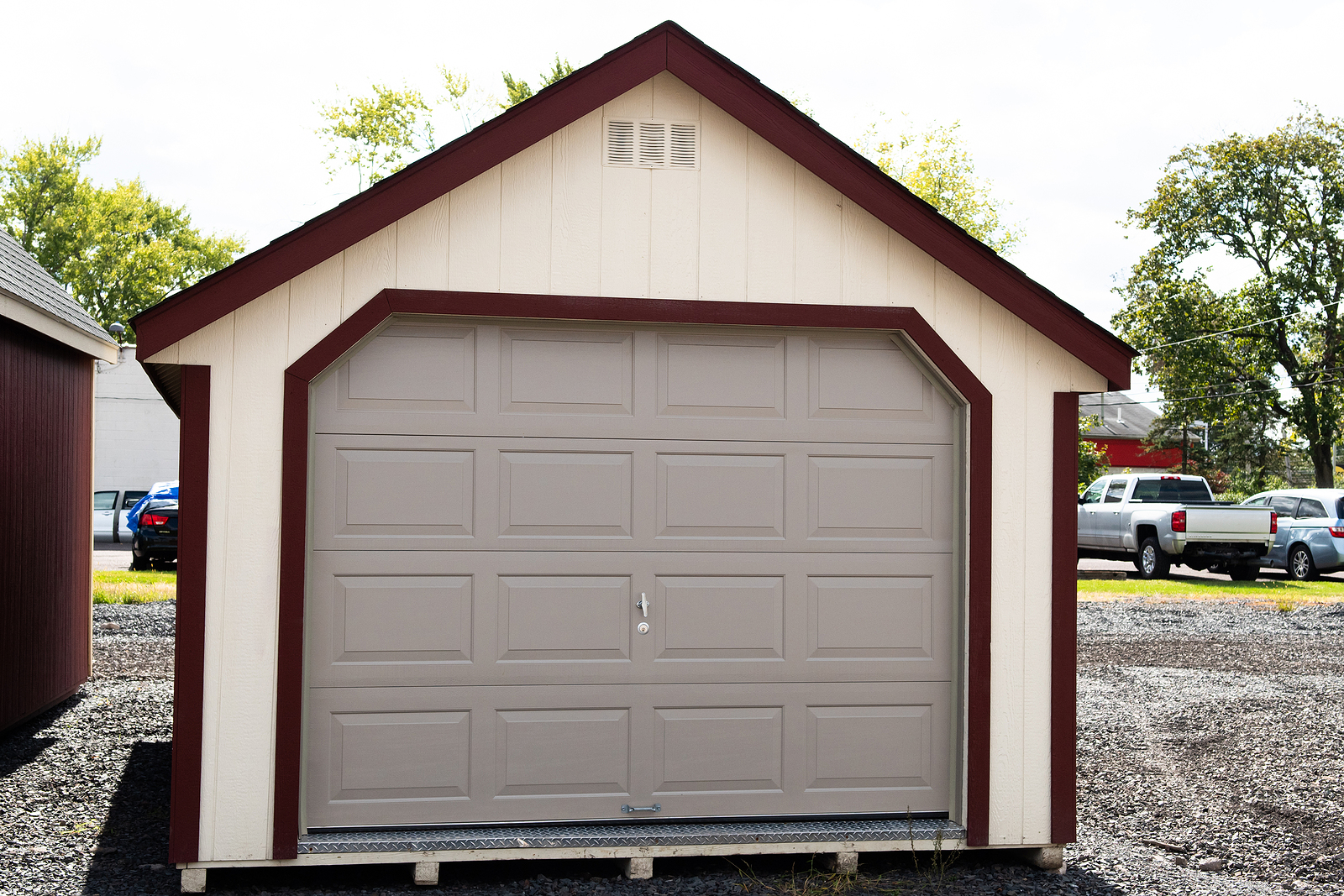June brings with it a whirlwind of events and celebrations, such as weddings, Juneteenth (June 19), Father’s Day (June 20) and the first day of summer (June 20).
Before those distractions arise, though, you’ll have time to get things done around the house before the weather really heats up and gives you yet another excuse to hibernate inside, where it’s cooler.
We’ve gathered up two tasks that need to get done before the heat of summer arrives and, because they’re so insanely easy, you can knock them out well before then.
Dust off the grill
The last thing you want to happen is to invite company for one of your famous barbecues only to discover that the grill has problems.
Avoid that headache by dragging the grill out and inspecting the jets for clogs and for leaks in the gas cylinder valve where the hose attaches to the grill. Learn what to look for by navigating to youtube.com and entering “Grilling Safety Tips from NFPA” in the search box.
Charcoal grills get pretty grimy and if you haven’t cleaned yours yet, this is the perfect time to do so. Danny Lipford, the home maintenance genius at todayshomeowner.com, suggests trying the following cleaning techniques:
- Use liquid grill cleaner (according to label instructions) such as these at homedepot.com or these at amazon.com.
- Use ammonia. Don your cleaning gloves, remove the grates from the grill and wrap them in newspaper. Next, place the wrapped grates in a plastic bag into which you’ll pour household ammonia until the newspaper is saturated.
Secure the bag with a twist tie and allow it to sit overnight. Spray the grates clean of the grime and ammonia with water from the hose and then wash them well in soapy water.
Clean the grates with vinegar. Although we haven’t had much success with this method, many have, so it’s worth a try if you’re seeking a chemical-free method. Lipford recommends spraying the grates with vinegar and then allowing them to sit for a few minutes. Then, use “… crumpled up aluminum foil” to rub the grime away.
Get the AC unit ready for primetime
Even if all it needs is a filter change, pay some attention to the air conditioning system.
If you’re a DIY kind of guy or gal, check the unit’s evaporator and condenser coils first. These tend to attract dirt and when they’re dirty, airflow is reduced and the dirt “…insulates the coil, reducing its ability to absorb heat,” according to the pros at the U.S. Department of Energy (DOE).
Lipford recommends cleaning the air conditioner’s condensation drain line where “Algae, mold, and mildew can build up, … causing it to clog and water to back up inside the air handler unit.”
It’s an easy job, involving a cup of bleach poured into “… the access opening in the drain pipe (located near the AC unit). Doing this task annually should keep it clear of the nasties.
Finally, clean the area around outdoor condenser units of leaves and other debris. The DOE suggests trimming nearby foliage to at least 2 feet away to allow for good airflow.
